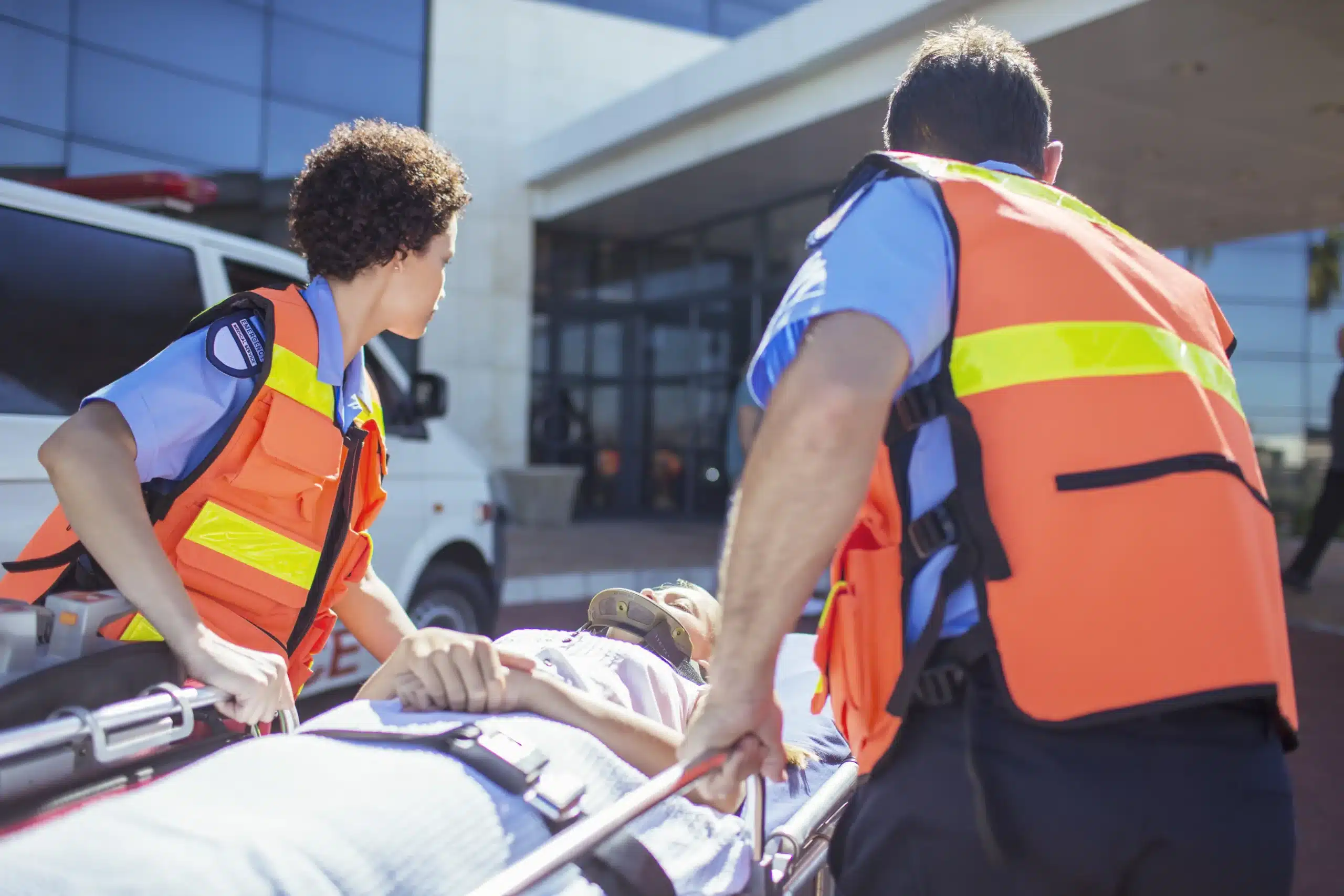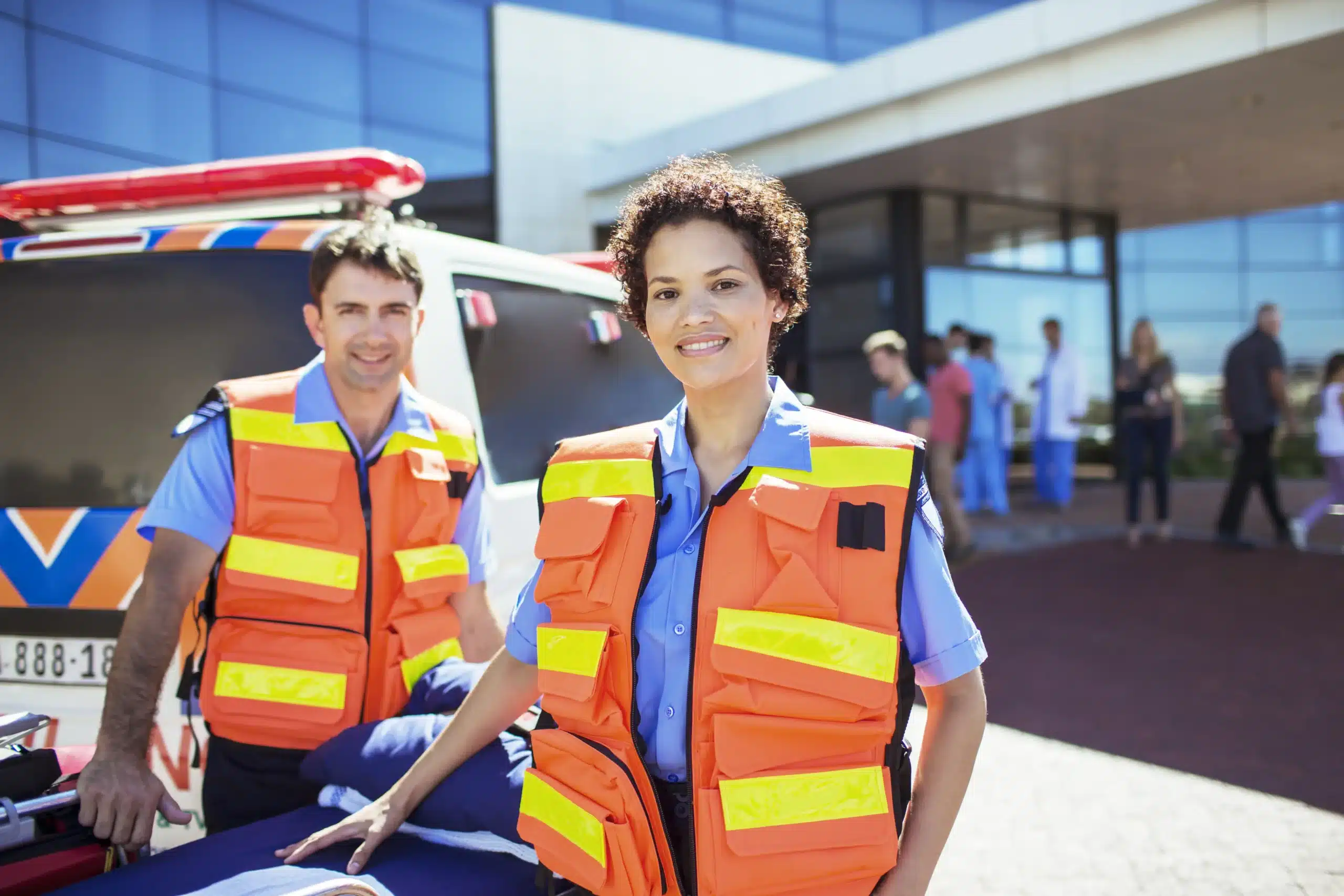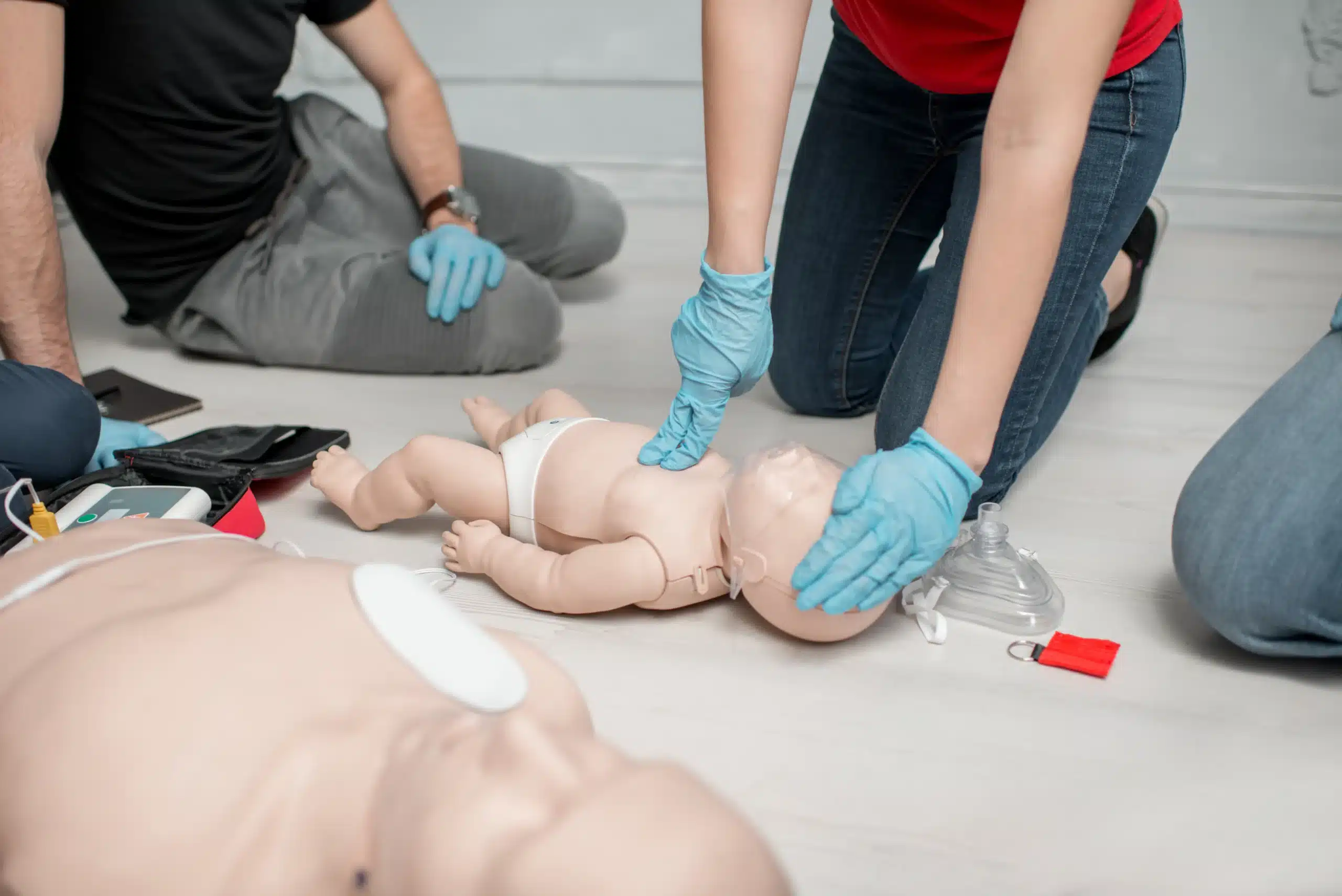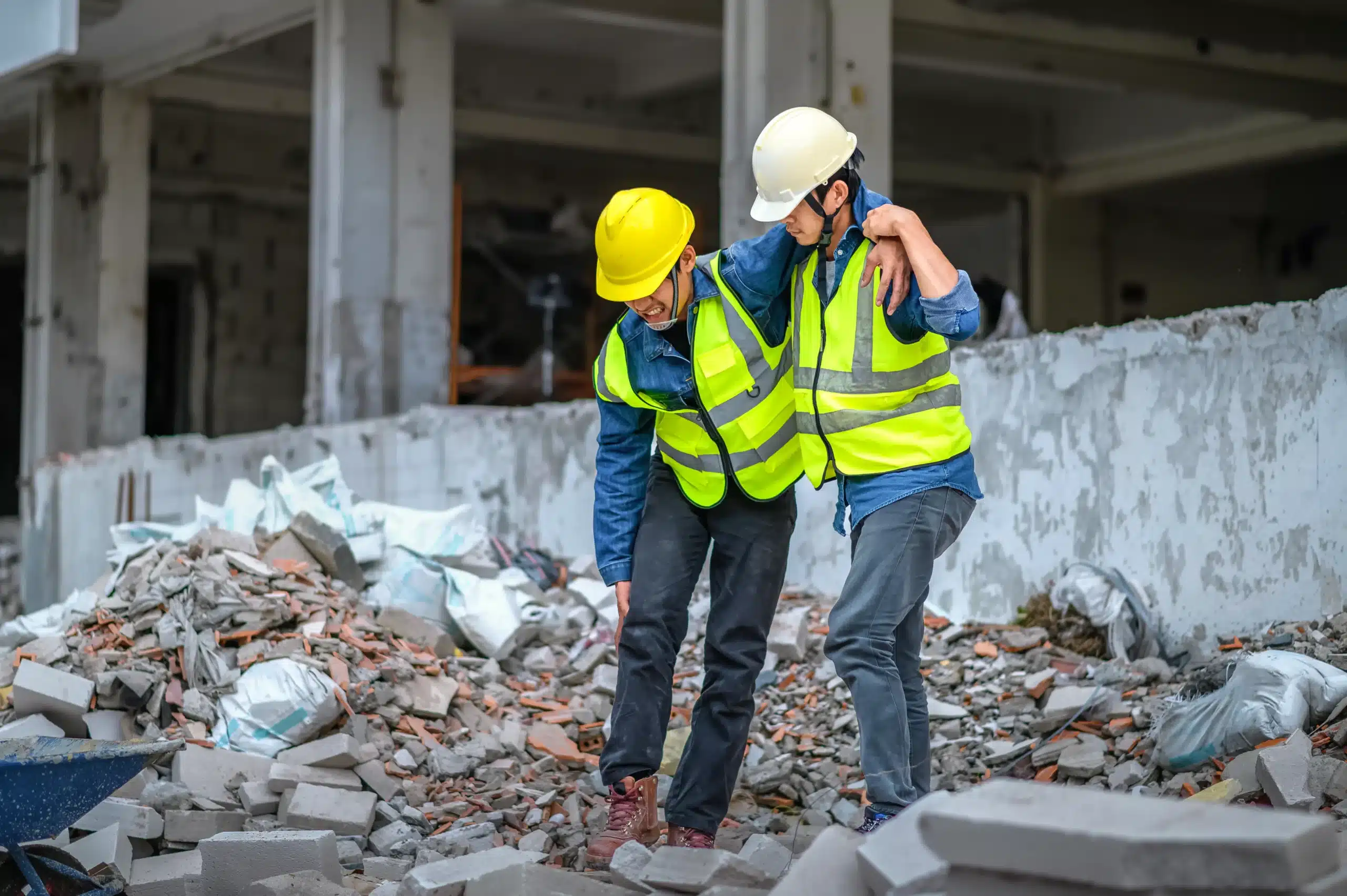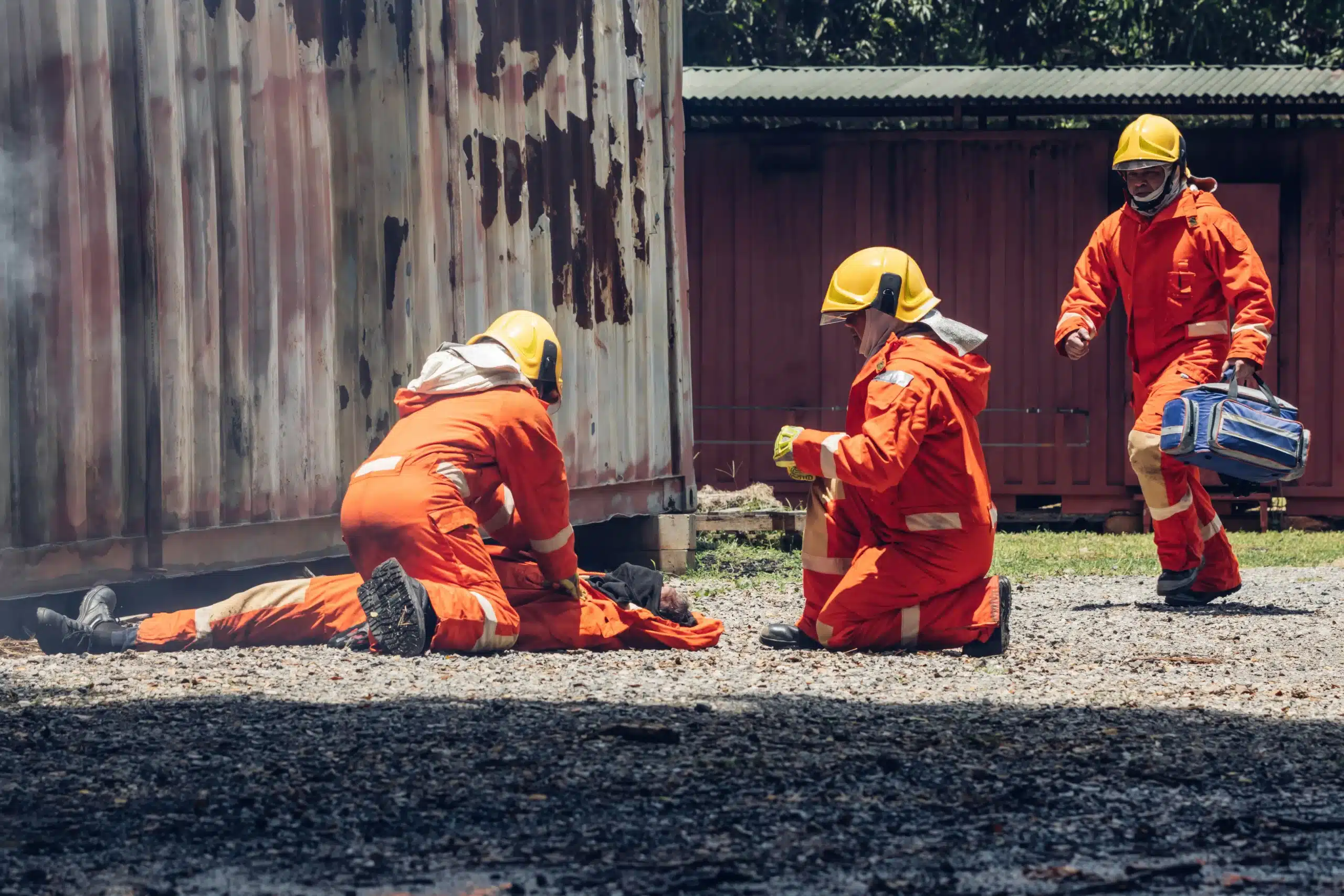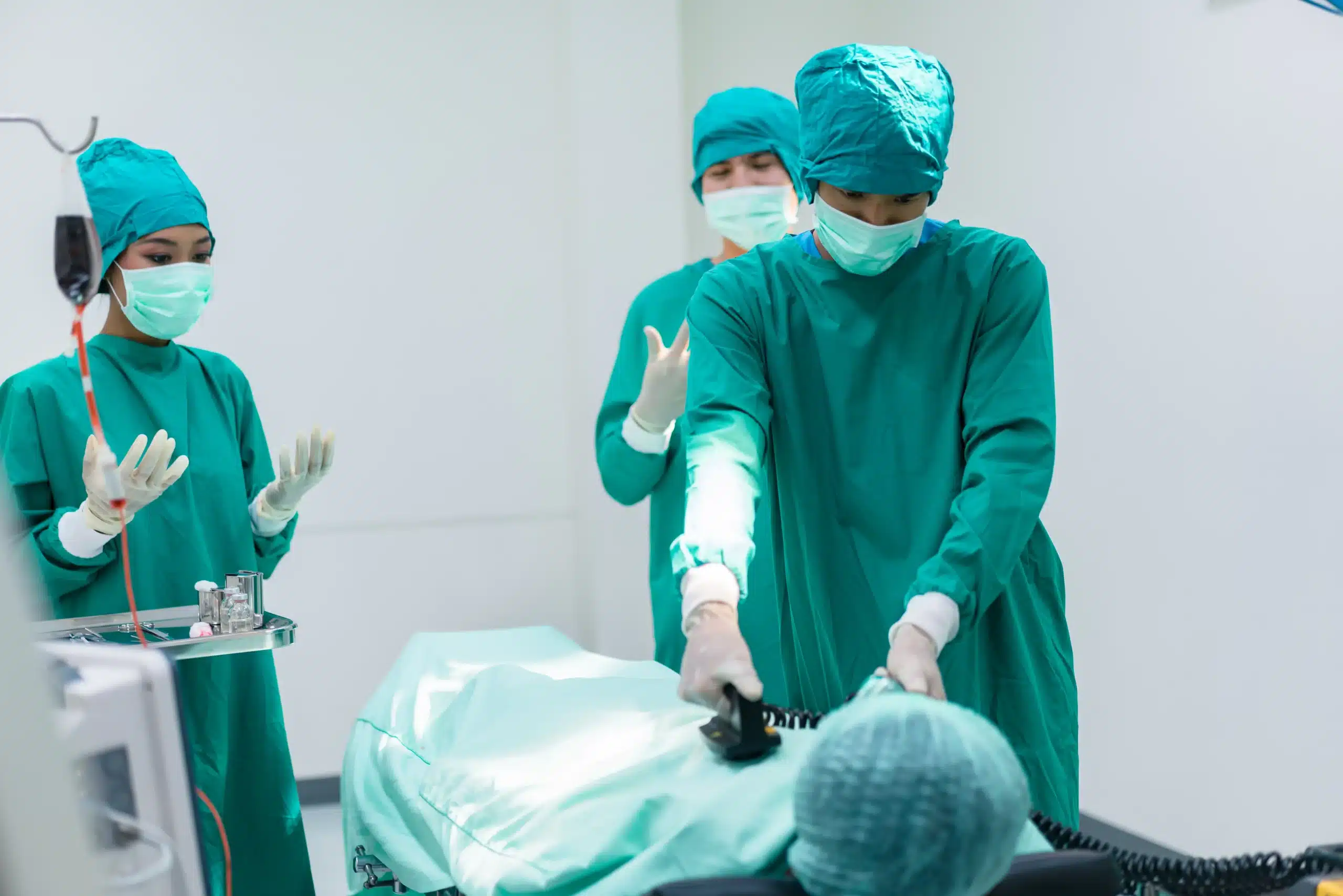In any medical emergency, seconds count. Basic Life Support (BLS) equips you with the skills to respond effectively during those crucial moments before professional help arrives. This guide breaks down the essentials of BLS, from understanding its core components to finding the right BLS classes near me. Whether you’re a healthcare provider or want to be prepared for any situation, this guide will help you understand the importance of BLS and how to get certified.
Key Takeaways
- BLS skills are valuable for everyone: These skills empower you to confidently respond to medical emergencies, providing crucial care until professional help arrives. Find a course format—online, in-person, or blended—that works best for you.
- Select a reputable BLS course provider: Choose a provider offering training aligned with current American Heart Association guidelines and taught by qualified instructors. Consider factors like class size, location, and schedule flexibility.
- Maintain your BLS certification: Keep your skills sharp and your certification current by recertifying every two years. Stay informed about the latest guidelines to ensure you’re always providing the most effective care.
What is BLS? Why is it Important?
What is Basic Life Support (BLS)?
Basic Life Support (BLS) is a level of medical care used in life-threatening emergencies until more advanced medical personnel arrive. Think of it as the first line of defense in a crisis. BLS certification equips individuals with the skills to recognize several life-threatening emergencies, provide CPR, use an automated external defibrillator (AED), and relieve choking. These skills are regularly updated by the American Heart Association to reflect the latest research and best practices. BLS training often covers basic airway management techniques, giving providers the knowledge to assist someone struggling to breathe. It’s important to understand that BLS certification isn’t just for healthcare professionals; it’s a valuable skill for anyone.
Why is BLS Critical in Healthcare Emergencies?
BLS is crucial in healthcare emergencies because it bridges the gap between the onset of a life-threatening event and the arrival of advanced medical help. For healthcare providers, BLS certification is often a job requirement, and for good reason: it directly impacts patient outcomes. Effective BLS can significantly improve a person’s chances of survival following cardiac arrest, respiratory distress, or choking. Having more people trained in BLS creates a safer community where more people are prepared to respond effectively in a crisis. If you’re considering getting your CPR and first-aid certification, understanding the importance of BLS within that training can help you appreciate the value of these lifesaving skills.
How to Find the Best BLS Classes Near You
So, you’re ready to get your BLS certification—fantastic! Choosing the right course is an important first step. This section will guide you through finding a provider that fits your needs.
What to Look for in a BLS Provider
When searching for a BLS provider, ensure the courses are taught by qualified instructors and meet national standards. Look for providers adhering to the latest American Heart Association guidelines for BLS training. This ensures you receive high-quality instruction and learn the most up-to-date techniques. Also, check if the provider offers continuing education or recertification opportunities, helpful for maintaining your skills and credentials long-term. Finally, consider factors like class size, location, and schedule flexibility to find a course that works for you.
Top Local BLS Certification Providers
Finding a reputable BLS certification provider can feel overwhelming, but several well-regarded organizations and institutions offer these courses. Here are a few options to explore:
Carmichael CPR Classes
Carmichael CPR Classes offers various BLS certification options, focusing on the American Heart Association’s RQI program. They provide a low-price guarantee and convenient daily classes in over 60 cities, making them an accessible option. Serving Carmichael, Rancho Cordova, and Fair Oaks, they are a convenient local choice.
American Heart Association
The American Heart Association (AHA) is a recognized leader in BLS training and sets the standard for CPR education. Ensure any course you choose is AHA-approved to guarantee your certification is widely recognized and respected.
Red Cross
The American Red Cross is another trusted provider of BLS certification courses. Their program equips participants with the skills to respond effectively in emergencies. Red Cross BLS certification is valid for two years.
Local Hospitals and Community Colleges
Many local hospitals and community colleges offer BLS certification courses. These institutions often provide a range of AHA-certified courses, including BLS, ACLS, and CPR, catering to both healthcare professionals and the public. Check with hospitals or your local community college for course offerings in your area. For example, Hartford HealthCare offers various AHA-certified courses.
BLS Class Formats: What to Expect
Choosing the right BLS class format depends on your learning style and schedule. Let’s break down the most common options: in-person, online, and blended learning.
In-Person BLS Classes: Hands-on Learning
In-person BLS classes offer a structured, hands-on learning environment. You’ll work directly with a certified instructor and classmates, practicing skills like CPR and AED use on mannequins. This format is ideal for people who learn best through direct interaction and feedback. Plus, practicing with others builds confidence and teamwork—essential skills in emergency situations. If you prefer a more traditional classroom setting and thrive on face-to-face instruction, an in-person BLS class might be the perfect fit.
Online BLS Courses: Flexibility and Convenience
If you need a flexible option, an online BLS course might be more your speed. These courses let you learn the material at your own pace, fitting the training around your busy schedule. You’ll typically watch videos, complete interactive exercises, and study online resources. While online courses offer convenience, keep in mind that they may require more self-discipline. Some online BLS certification programs are priced slightly higher than in-person options, so factor that into your decision.
Blended Learning: Combining Online and In-Person Training
Blended learning combines the best of both worlds. You’ll complete online coursework, covering the theoretical aspects of BLS, then attend a shorter in-person session to practice and demonstrate your skills. This format offers flexibility while still providing valuable hands-on training. Blended learning is a great choice if you want the convenience of online learning but also value the opportunity to practice with an instructor and get real-time feedback. The Red Cross offers blended learning for BLS certification, allowing you to learn essential skills in a format that suits your needs.
Class Duration and Content
BLS classes typically cover core life-saving skills, including CPR for adults, children, and infants, AED use, and how to relieve choking. The duration of a BLS class can vary depending on the format and provider. Instructor-led courses usually take around four to five hours, while blended learning formats might involve one to two hours of online work followed by a two- to three-hour in-person skills session. Regardless of the format, the goal is to equip you with the knowledge and skills to respond effectively in a medical emergency. You can find more information about BLS certification, renewal, and training through the Red Cross.
BLS Certification: Process and Costs
Getting BLS certified is straightforward. This section breaks down the process, including registration, training, exams, and typical costs.
How to Register for BLS
Registering for a BLS course is typically a simple online process. Many organizations, including the American Red Cross, offer online registration where you can find class schedules, locations, and complete your registration in minutes. Look for providers like Carmichael CPR Classes that offer convenient daily classes.
What Happens During BLS Training?
BLS training equips you with the skills to respond to life-threatening emergencies. You’ll learn CPR, how to use an Automated External Defibrillator (AED), and techniques to relieve obstructed airways. The training also emphasizes critical thinking and problem-solving skills so you can confidently assess and manage various emergency situations. High-quality programs, like those offered by Carmichael CPR Classes, focus on the American Heart Association RQI program for efficient and effective certification. For healthcare providers seeking certifications beyond BLS, Carmichael CPR Classes also offers ACLS and PALS courses.
Exams and Certification
After completing your BLS training, you’ll take an exam to demonstrate your proficiency. Upon passing, you’ll receive your BLS certification, typically valid for two years. To maintain your certification and stay current with the latest guidelines, you’ll need to complete a renewal course before it expires. Check with your certifying organization, such as the American Heart Association, for specific renewal requirements.
Typical Costs and Discounts
The cost of BLS certification varies depending on the training provider, location, and course format (in-person or online/blended). Generally, you can expect to pay between $70 and $90. Many providers offer a low price guarantee and may have occasional discounts or promotions. Carmichael CPR classes offers a low price guarantee. It’s always a good idea to check with the provider directly for the most up-to-date pricing.
How to Maintain Your BLS Certification
So, you’ve earned your BLS certification—congratulations! But BLS isn’t a one-and-done deal. Maintaining your certification shows your commitment to providing high-quality care. This section covers everything you need to know about keeping your BLS skills sharp and your certification current.
Renewal Requirements
BLS certifications are typically valid for two years. To stay certified, you’ll need to complete a renewal course before your current certification expires. Keep track of your expiration date and give yourself plenty of time to find a class and recertify.
Recertification Options
Renewing your BLS certification is straightforward. Renewal courses cover the same essential material as the initial certification course, with updates reflecting the latest guidelines. These refresher courses reinforce your skills and knowledge, ensuring you’re prepared for any emergency. Check with your certifying organization, such as the American Heart Association or the Red Cross, for available renewal courses. Many offer convenient in-person and online options.
Staying Up-to-Date with BLS Guidelines
Even if your certification isn’t due for renewal yet, staying informed about the latest BLS guidelines is crucial. Medical knowledge and best practices are constantly evolving. Regularly review updated resources and consider attending supplemental workshops or training sessions. This ensures you’re always providing the most effective care. The Red Cross emphasizes practical, real-life scenarios in its training to improve patient outcomes. (Adjust the location in the link for your area.)
Common BLS Certification Misconceptions
There are a few common misconceptions surrounding BLS certification. One is that it’s only for doctors and nurses. Not true! BLS certification is valuable for anyone in a healthcare setting, including medical assistants, EMTs, dentists, and other healthcare professionals. Another myth is that getting certified requires a huge time commitment. While training requires dedicated time, many providers offer flexible scheduling and course formats. Finally, some believe BLS certification is a one-time requirement. As we’ve discussed, maintaining your certification through renewal courses is essential. American Health Training offers a helpful article debunking common myths.
Related Articles
- BLS HeartCode Carmichael: Your Certification Guide – Carmichael CPR Classes
- BLS Certification in Carmichael: Your Comprehensive Guide – Carmichael CPR Classes
- BLS Renewal in Carmichael: Find the Right Course for You – Carmichael CPR Classes
- BLS for Healthcare Providers in Fair Oaks: Complete Guide
- BLS Courses in Rancho Cordova: A Complete Guide
Frequently Asked Questions
Is BLS certification the same as CPR certification?
BLS certification is more comprehensive than CPR certification. While CPR is a core component of BLS, BLS also includes training on using an AED and relieving choking. It also covers a broader range of emergency situations and emphasizes critical thinking and problem-solving skills. Think of BLS as building upon the foundation of CPR, adding more tools and knowledge to your lifesaving toolkit.
How long does it take to get BLS certified?
The time commitment varies depending on the course format and provider. In-person classes typically range from four to five hours, while blended learning (a mix of online and in-person instruction) might involve a few hours of online coursework followed by a shorter in-person skills session. Online courses offer more flexibility, allowing you to complete the material at your own pace, but they still require dedicated time for studying and practice.
How much does BLS certification cost?
Costs typically fall between $70 and $90, but this can vary based on location, provider, and course format. Some providers offer discounts or promotions, so it’s always a good idea to inquire about current pricing when you register. Look for providers like Carmichael CPR Classes that offer a low-price guarantee.
How often do I need to renew my BLS certification?
BLS certification is generally valid for two years. To maintain your certification and stay current with the latest guidelines, you’ll need to complete a renewal course before your current certification expires. Set a reminder to avoid letting your certification lapse.
Who should get BLS certified?
While BLS certification is often a requirement for healthcare professionals, it’s a valuable skill for anyone to have. From teachers and coaches to parents and caregivers, knowing BLS can empower you to respond effectively in a medical emergency and potentially save a life. The more people in our communities equipped with these skills, the better prepared we all are for unexpected events.
